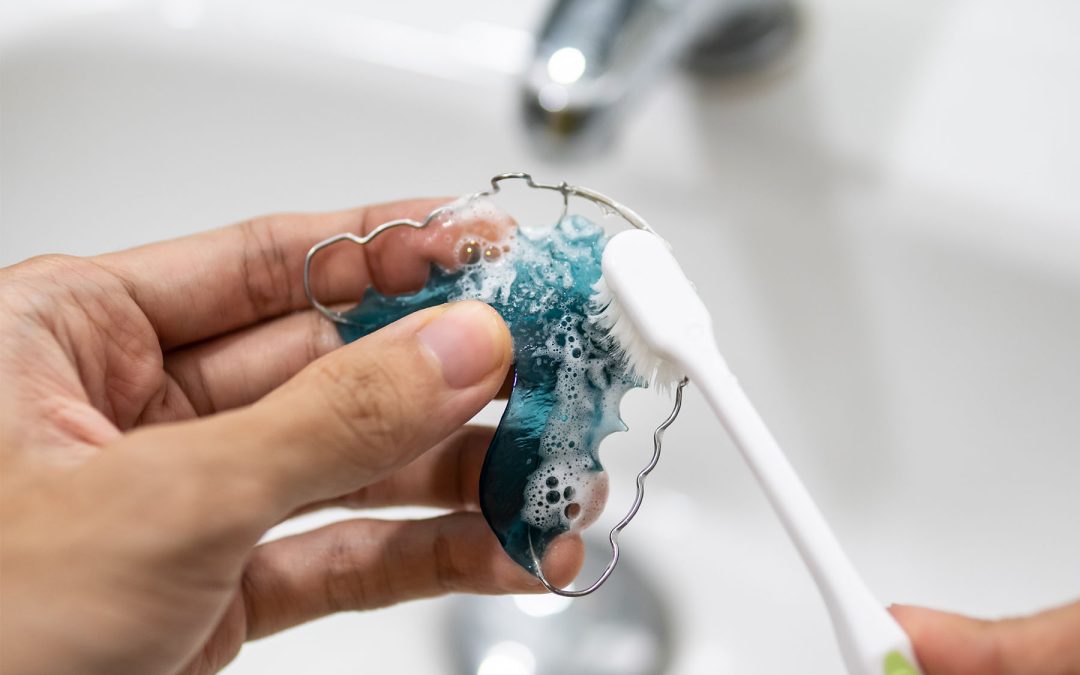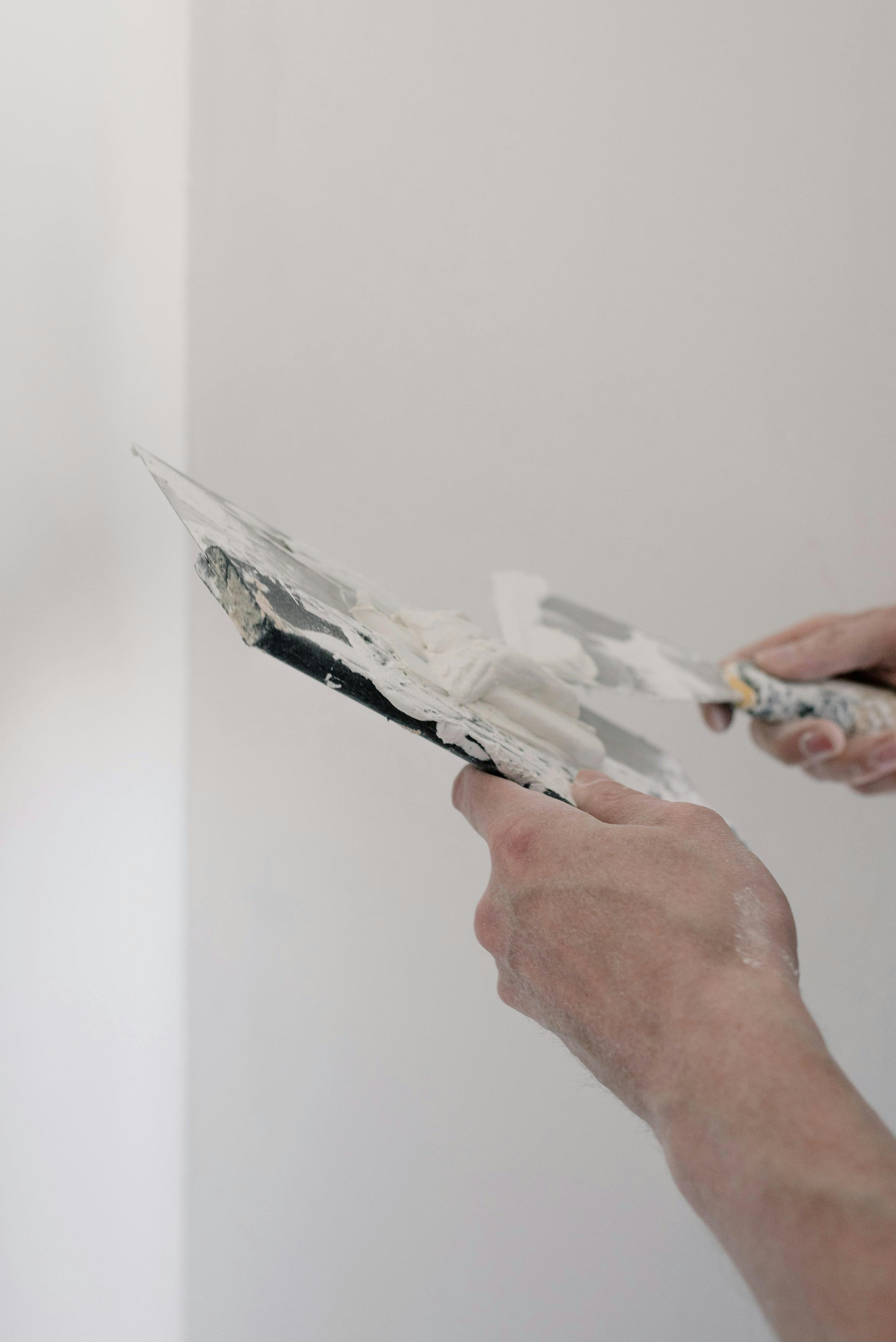
Effective Ways to Get Rid of Chalazion: A Practical Guide for 2025
Chalazion is a common eyelid condition that can cause discomfort, swelling, and irritation. Understanding how to get rid of chalazion effectively is essential for those who experience this benign eyelid lump. This guide provides insights into chalazion treatment options, home remedies, and best practices for managing eyelid health. By addressing the causes and symptoms of chalazion, we’ll navigate through effective solutions, including the use of warm compresses, medications, and when to seek professional care. Whether you're dealing with a recurring chalazion or trying to prevent one from forming, the information here is designed to help you regain your comfort and eye health.
Understanding Chalazion: Causes and Symptoms
To effectively treat chalazion, it's important first to understand what it is and what causes it. A chalazion is a bump that appears on the eyelid due to a blocked oil gland. Unlike a stye, which is usually painful and associated with bacterial infection, chalazia are generally painless but can lead to eyelid swelling. Common causes of chalazion include poor eyelid hygiene, underlying skin conditions, or chronic inflammation.
Chalazion symptoms may manifest as a noticeable lump on the eyelid, eyelid swelling, and, in some cases, discomfort. Recognizing these symptoms early can aid in prompt treatment and potentially prevent more serious complications. Maintaining good eyelid hygiene is a key preventive measure and can simply involve regular washing of the eyelid area with mild soap and water.
Building on these fundamentals, we can explore effective treatment options that address both the symptoms and underlying causes of chalazion.
Common Causes of Chalazion
Chalazia can arise from a variety of factors, including poor eyelid hygiene, chronic blepharitis, and excess oil production. Eye conditions such as rosacea or seborrheic dermatitis may also contribute to their formation. Understanding these causes allows for better prevention strategies and treatment options.
One significant factor is the blockage of the meibomian glands, which produce oils that help keep the eyes lubricated. When these glands become obstructed, it can result in inflammation and swelling, creating a chalazion. Taking care to gently clean your eyelids regularly can help keep these glands functioning properly and reduce the risk of formation.
Chalazion Symptoms to Watch For
Symptoms of a chalazion may include eyelid swelling, pain, or pressure, particularly if the chalazion becomes infected. Sometimes, redness in the surrounding area can also occur. It's important to differentiate between a chalazion and other conditions like styes, as treatment options may differ significantly.
If these symptoms persist or worsen, it’s advisable to consult with a healthcare professional to rule out more serious conditions or infections.
Effective Home Remedies for Chalazion
When considering how to get rid of chalazion at home, several effective remedies can help alleviate symptoms and promote healing. The use of heat therapy, particularly warm compresses, is one of the simplest and most efficient methods. Applying a warm compress for about 10-15 minutes several times a day can help soften the hardened oils and promote drainage of the chalazion.
In addition to warm compresses, maintaining eyelid hygiene is crucial. Regularly cleaning the eyelid with diluted baby shampoo can help prevent additional blockage. Staying hydrated and consuming a balanced diet may also support overall eye health and reduce the likelihood of chalazia forming.
Connected to this principle of self-care, we can examine other non-invasive methods and consider how they can be integrated into your daily eye care routine.
Warm Compress for Chalazion Treatment
The application of a warm compress is one of the best practices for alleviating chalazion discomfort. The heat helps to soften the secretions inside the blocked gland, promoting drainage. To make a warm compress, soak a clean cloth in warm water (not too hot to avoid burns), wring out the excess water, and place it on the affected eyelid. Repeat this process multiple times a day for maximum benefit.
It’s crucial to ensure the compress is kept clean to prevent any potential infection. Be careful not to rub or press hard on the lump, as this could exacerbate irritation.
Safe Home Treatments for Chalazion
Other than warm compresses, there are several natural cures for chalazion that you can try safely at home. Aloe vera gel, known for its anti-inflammatory properties, can be applied to the chalazion to soothe irritation. Additionally, tea tree oil, when diluted properly, has antiseptic qualities that might help with eyelid hygiene.
It's important to note that while these treatments are often effective, patience is key as chalazia can take time to resolve. If symptoms persist, consulting with an ophthalmologist may be necessary. This will guide us naturally into discussing the professional treatment options available for chalazion.
Professional Treatment Options for Chalazion
For chalazia that do not respond to home remedies, professional treatment may be required. An ophthalmologist can offer various chalazion removal options, depending on the severity and duration of the bump. Surgical drainage is often an effective solution, especially for larger or persistent chalazia that cause discomfort or affect vision.
Additionally, corticosteroid injections can be an option for reducing inflammation and helping to rapidly alleviate symptoms. These treatments should be considered carefully, weighing their benefits against potential risks.
Taking this concept further, we’ll delve into specific modalities of treatment, including surgical options and post-treatment care.
Chalazion Surgery: What to Expect
If surgical intervention is necessary, understanding what to expect can ease concerns. The procedure is generally performed in a sterile environment using local anesthesia. Once numb, the doctor will make a small incision to drain the contents of the chalazion. The recovery phase typically involves keeping the area clean and monitoring for any signs of infection.
Most patients report quick recovery times, but it's crucial to follow all aftercare instructions provided by your ophthalmologist to ensure proper healing.
Chalazion Medication Options
In cases where surgery is not an option, or you prefer to explore alternative treatments, there are various medication options available for managing chalazion symptoms. Over-the-counter (OTC) pain relievers can help ease discomfort. Antibiotics may occasionally be prescribed if there's a concern about infection.
Understanding the specific approach that fits your individual health needs is critical, as it can significantly affect the chalazion healing time and overall eye health.
General Eye Care Tips to Prevent Chalazion
The best practices for eyelid care not only help in treating an existing chalazion but also play a role in preventing future occurrences. Regular eyelid hygiene, including cleaning with eyelid wipes or washes, is key to maintaining eye health. Additionally, avoiding the use of heavy eye makeup and regularly replacing it can prevent blockages.
Making lifestyle changes to reduce stress and improve overall health is another crucial factor in eye care. Incorporate plenty of fruits and vegetables into your diet to provide essential nutrients that support eye function. Staying well-hydrated is equally important for maintaining moisture levels in the eyes.
With these tips in mind, let’s look at specific steps you can implement to improve eyelid health and reduce recurring challenges associated with chalazia.
Steps to Improve Eyelid Hygiene
Improving eyelid hygiene is essential for preventing chalazion and other eyelid bumps. Start by washing your hands thoroughly before touching your eyes. Use a gentle eyelid scrub or diluted baby shampoo to clean your eyelids daily. Gently massage areas around the eyelid to dislodge any blockages in the glands.
Implementing these hygiene practices consistently can significantly improve your chances of preventing chalazion development.
When to See a Doctor for Chalazion
Knowing when to seek professional help for a chalazion is crucial. If the bump persists for more than a few weeks, shows signs of infection such as increased redness or discharge, or begins to affect your vision, you should consult an ophthalmologist for an evaluation.
Remember, seeking medical advice on eye conditions early can lead to better outcomes and potentially prevent complications, allowing for timely and effective treatment.
Q&A Section: Common Questions About Chalazion
Understanding chalazion can be confusing, so we’ve compiled some frequently asked questions to further clarify this common eye condition.
How Long Does a Chalazion Last?
The duration of a chalazion can vary based on several factors, including treatment methods and individual health conditions. Typically, chalazia can last from a few weeks to several months if left untreated. However, with remedies such as warm compresses, symptoms may improve faster.
Can Chalazion Affect Vision?
While a chalazion is not typically harmful and does not usually affect vision, larger bumps can press against the eye and obstruct vision temporarily. If you notice any changes in your eyesight, it’s essential to seek medical advice.
What Are Some Natural Cures for Chalazion?
Natural cures for chalazion often include warm compresses and eyelid hygiene practices. Employing soothing eye gels or aloe vera can help reduce inflammation as well. Always consult with a healthcare provider before trying new remedies to ensure safety and effectiveness.

 ```
```